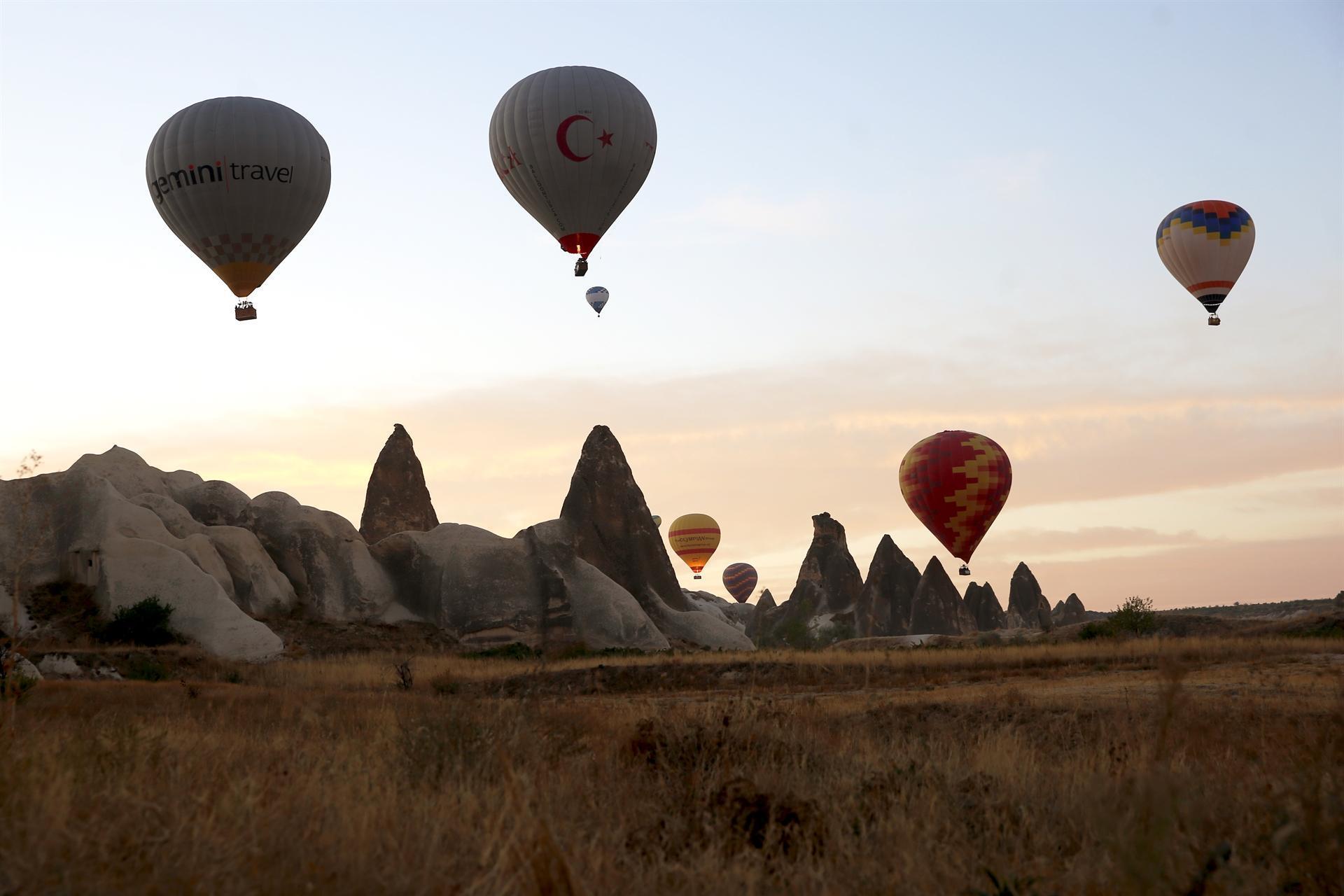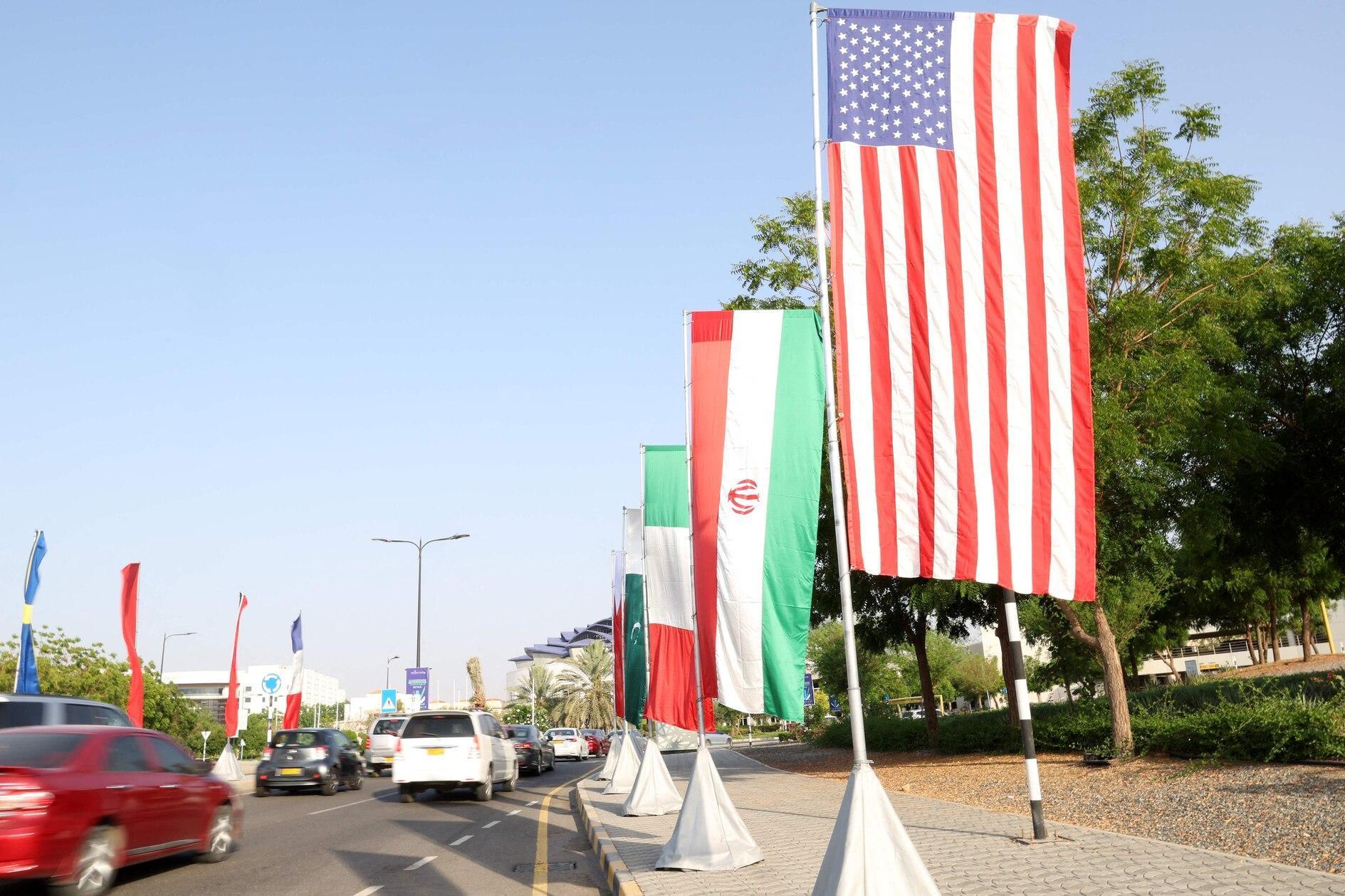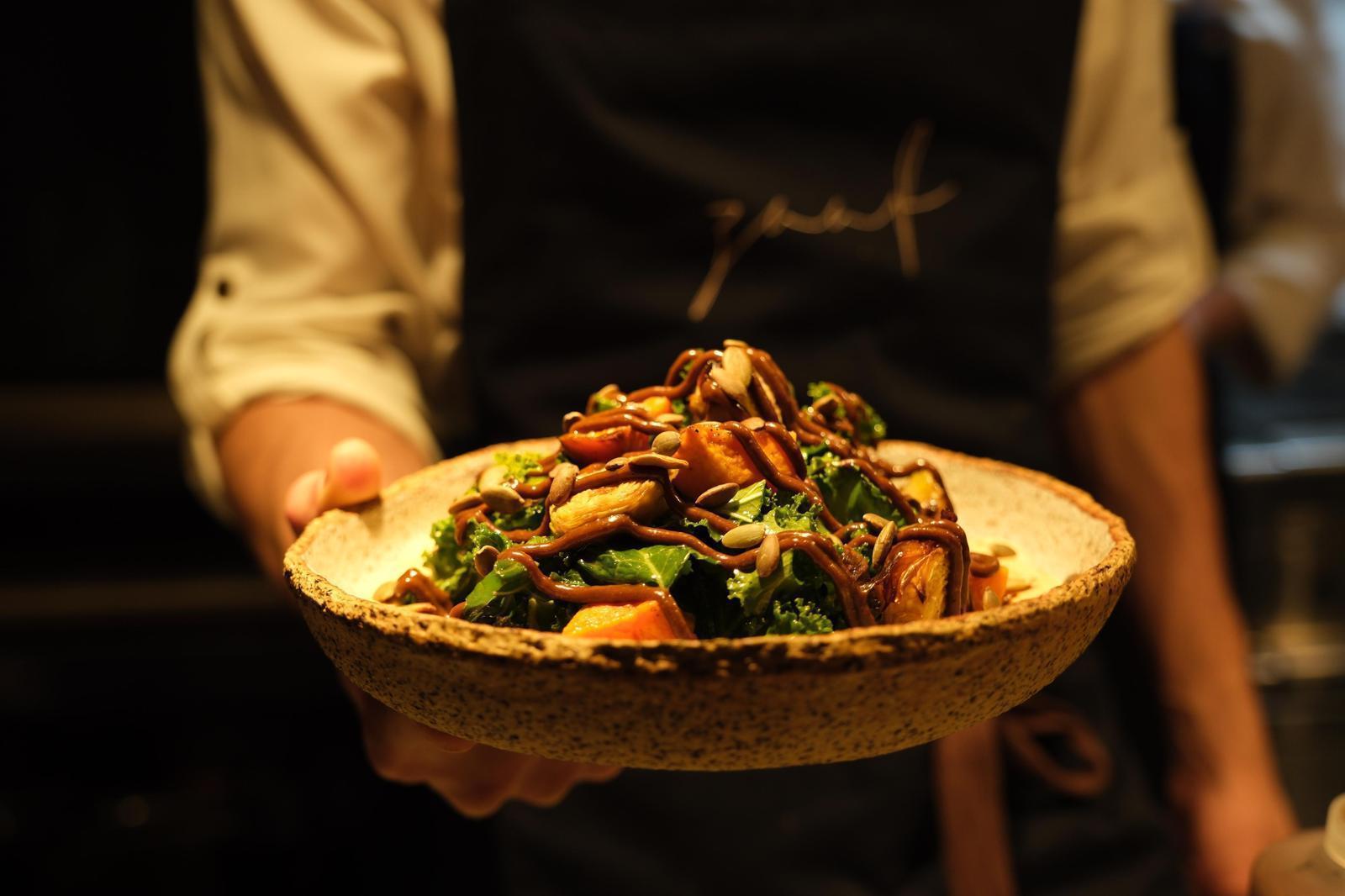Tourists make beeline for Turkey's famous Cappadocia
NEVŞEHİR-Anadolu Agency

As tourism picks up in Turkey thanks to effective COVID-19 safety measures, the picturesque Cappadocia region hosted nearly 200,000 visitors in the first quarter of 2021, according to the latest government figures.
A total of 197,541 domestic and international tourists came to explore the charming touristic hub in the central Nevşehir province, famed for its distinctive fairy chimneys, underground cities, cave hotels, and hot air balloon rides.
The number of visitors consistently increased over the first three months of the year, from 42,560 in January to 50,668 in February and 104,313 in March, according to Turkey’s Culture and Tourism Ministry.
Authorities have implemented stringent measures as part of the Safe Tourism Certification Program, allowing visitors to take in the sights and sounds of the UNESCO World Heritage site.
With 61,772 visitors, the Göreme Open Air Museum was the most popular location in the year’s first quarter, followed by the Zelve Open Air Museum with 58,953 visitors, and the Kaymaklı Underground City with 37,177 sightseers, according to the ministry’s data.
‘Much more to come’
Tourism workers are hopeful that the stream of visitors coming to Cappadocia will continue to grow over the course of the year.
The region hosted some 992,620 tourists during 2020, a year blighted by the coronavirus pandemic, according to İsmail Sucu, a member of the Cappadocia Regional Executive Board of the Association of Turkish Travel Agencies.
He said the expected footfall in 2021 is about 2 million, with especially high hopes for the second half of the year.
“Along with local tourists, Cappadocia will be also a favored destination for visitors from Ukraine and Russia,” Sucu told Anadolu Agency.
“As the situation with the pandemic improves over coming years, we expect to be hosting around 4 million to 5 million tourists in Cappadocia.”
















